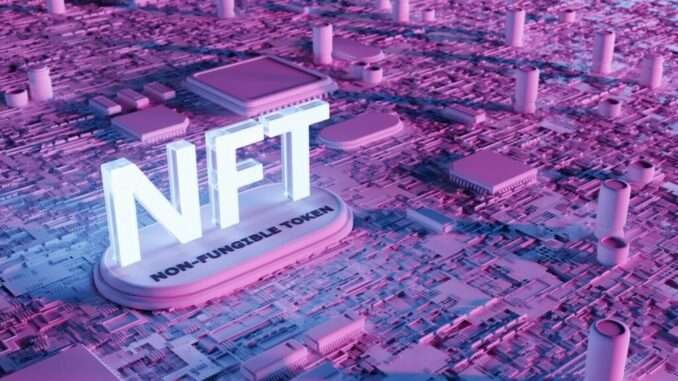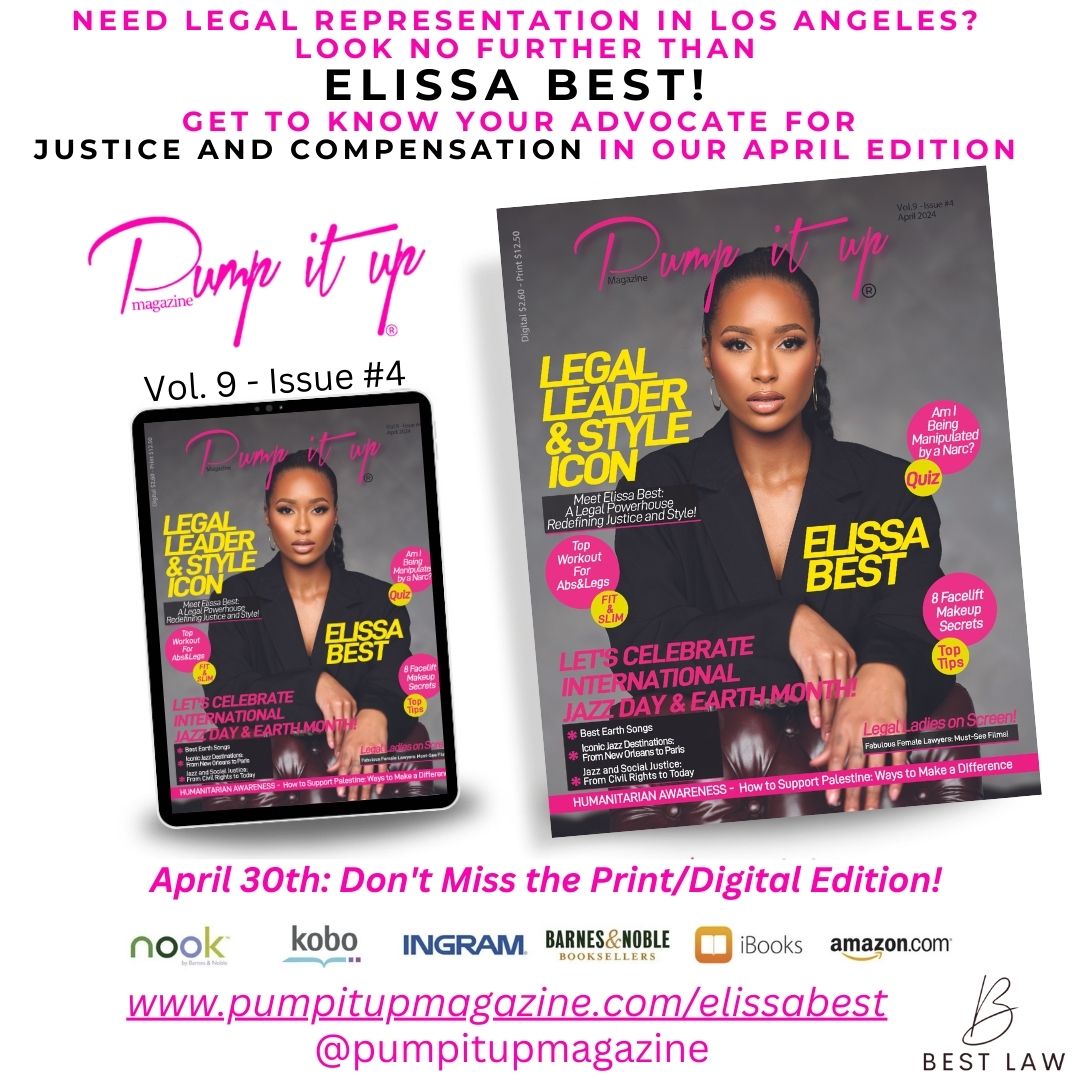
Selling music as an NFT is an exciting way for artists and groups to monetize their music. It creates a one-of-a-kind token that gives the owner the property’s rights or a share. In addition, it gives fans a piece of the pie moving forward, making fans even more invested in the success of their favorite bands. So how do you sell music as an NFT?
When dealing with non-fungible tokens, many little jobs could be overwhelming for people unfamiliar with blockchain-based cryptocurrencies. Additional threats of coding could also scare off any potential partners. So dig your heels in and get ready for a crash course! Read on and learn what it takes to sell your music as an NFT.
How to Sell Music as an NFT
An NFT can be made for any type of artwork or digital product. Think of the NFT as the rights to an object. Brokerage houses on the internet sell digital and physical art pieces in windows like you would see on a significant bidding site like eBay. Creating or minting your own NFT can be costly, but there are ways around gas fees that make them an attractive investment. In fact, I highly advise reading this article next: The 3 Cheapest Ways to Mint an NFT: Full Breakdown.
Creating a non-fungible token can be an exciting process that requires several rounds of input and a few different designs before being placed on the open market. As always, the best place to start is at the beginning and push all the way through until your product is ready for people to gobble up like PacMan on pellets.
Create Your Files and Performances
Taking your music and creating an NFT is very similar to creating physical or digital artwork. You must come up with ideas on your own and make sure that all your recording files and performances are laid down and on the appropriate file types before jumping into the seller’s market. If you are working with a group, choosing the platform could be critical for your success.
A few ways to create your music files for minting are:
- Live Performance – Nothing works better than doing a live version of the song you are going to mint. This version is specific only to the time and location it was recorded. You should always label your music with the date and complete title. This keeps the songs on an individual NFT, but there are ways to encode entire albums.
- Studio Recording – A studio-produced track could sound better than something you did yourself. The prices for studio time could be outrageous, but if you see it as an investment, you understand the potential money to be made on the back end. Studio tracks sound so good that the extra money will be worth it.
- Music Video – Another great way to create music NFT is by making a music video. A video of a new song or a collaboration can be just as valuable as any other token type. Music videos have the bonus of being in two different sales areas, music and video. Kitschy videos could also go viral, which would mean increased token values.
Working with computer files and different recording programs could require coding and several hours of work. Be prepared for this step to last for a while. Take your time and ensure that all the computer and music work is done perfectly. Obviously, bad NFTs don’t make as much money as the better-produced versions.
A word of caution. Be sure you are creating your own music and not someone else’s, as you may be setting yourself up with a copyright infringement issue. Like all things regarding the law, check with an attorney if you have questions.

Shop for a Platform
Choosing a platform to list your NFT will be lots of fun but comes down to a matter of personal choice. There are several marketplaces to choose from, and they offer services ranging from creation to sales. However, the most significant choice comes down to a few critical creation factors and pricing issues.
The most significant factors to choosing an NFT marketplace are:
- Gas Fees – Coin Market Cap says gas fees are, “Gas fees are the transaction fees that users pay to miners on a blockchain protocol to have their transaction included in the block. The system works on a standard supply and demand mechanism. If there is more demand for transactions, miners can choose to include the transactions that pay more, compelling users to pay more to have their transactions processed quickly and efficiently.”
- Collaboration Protection – If you create a song with a writing partner or musical accompanist, you need a way to protect both you and the input you had on the finished product. Some NFT platforms will time stamp materials as they are seen and created to protect each individual on their contributions to the project.
- Ease of Use – Let’s face it, some people are intimidated by computer coding. It can be hard to understand, and tiny mistakes can sink the entire project. So finding an NFT platform that is easy to use could attract musicians who are uneasy with dipping their toes into coding.
Now, let’s take a look at some examples of platforms.
NFT Platforms to Check Out
Platforms are a dime a dozen. You should make sure that you know all the ins and outs before going whole hog to make sure that you don’t get to the end of the project and throw your hands up in exasperation. Instead, take your time and pick something that works for you and the group, if applicable, and enjoy the ride.
A few platforms to check out are:
- Crypto– One of the most used marketplaces for NFT music is on Crypto. They have a world full of apps and websites that allow you to keep track of your listing in real-time and have several listings at once.
- OpenSea– When it comes to creating gas-free minting, you need to look no further than OpenSea. They have a system that allows you to mint your NFT for no gas fees, and the platform is one of the best all-around. In addition, they created timestamping projects and are the kings of user-friendly.
Sticking with just a few samples is a good idea when you wade into the world of platforms. After a few tries, they all begin to center around the same few screens and functions. So keeping it simple is never a bad idea.
Listing Your Music NFT
Your chosen platform should have an area that is only for music NFTs. This area will be filled with great examples of what can be done with the art form. There are also going to be amounts listed and other information about the tracks. Be sure that you understand some of the terminologies before making an error during the listing.
Getting Familiar With Ethereum
The first few steps for listing your music NFT are:
- Ethereum Wallet – The first thing you are going to need is an e-wallet. Ethereum is the backer of most NFTs, and you should have one that works with it. Don’t forget that the storage of the NFT is different from the e-wallet, which is more like a marketplace than a place to save and create tokens.
- Buy Ethereum – You aren’t going to be able to get anything going without some crypto of your own. Ethereum will be used for gas fees, and pretty much everything else going forward. Buying more Ethereum will require another app made by the same company.
Personally, for the sake of simplicity, I use the Coinbase app to turn dollars into Ethereum, and then I send the Ethereum to my wallet to use for buying and minting NFTs. Obviously, there are hundreds of different ways to do this, and with a little Google search, you can quickly learn how. In fact, we made of list of the Top 9 Crypto Wallets to Buy and Collect NFT Art.
It is imperative at this point that you know which platform you are going to use. Don’t waste any of your precious cryptos on one platform before jumping ship. If you have chosen OpenSea, there will be fewer fees; with Crypto, there could be tons of Ethereum trading hands before any bids are accepted.

The Specifics In Listing Your Music
The steps in listing for the platform are:
- Collection – The name for the area where you will store your files will be called a collection or something close, depending on the app. Chock your collection with all the songs you intend to sell. You can do a single piece or an entire discography of songs.
- Mint – Once your collection is ready, it is time to mint. Minting is the fancy word that crypto traders use to describe the process of an NFT going from a collection to an NFT. This is where the fun starts, and all your hard work begins to take shape.
- Upload – Now that you are minted, it is time to name and upload all your stuff. This is the last chance you will have to name the NFT. Take special care to name it something unique and cannot be duplicated, just like the token itself. The best advice is to date, title, and name each file the same. Beware these changes can’t be undone.
- Link – Add any links, like your webpage, to the collection. It further helps to identify the tokens and could lead to more income. Only add links that should stay live for long periods. Adding junk links will only decrease the value of the token or tokens.
These steps were just paperwork to ensure that your NFT is unique and has the pedigree to prove it. Going through these hoops shows the buyers that you are serious about your music and could drive up your profits. Be as specific as possible when linking and uploading.
Earning Money Selling Your Music NFT
The final steps in selling your music NFT are:
- Smash the Sell Button – In the corner of your platform, there should be a prominent button that lights up, different colors depending on the platform, labeled sell. Clicking this opens the following dialog box and should only be clicked when you are 100% ready to put the token on the market.
- How Many – Next, you should let the people know how many you want to sell. You can have a single copy that gives one person all royalties and ownership, or you can split into several different tokens to spread the wealth.
- Opening Bid – The opening bid is the listing price for the NFT, and you should set it next. Setting the price low encourages more bidders but also means that you don’t make as much money. Be as strategic with your bidding as you have been with every other step of the process, and you will be fine.
- Sell – Setting the non-fungible for sale is the last step in the process. Clicking the button will set the token loose on the market, and your dreams of being independently wealthy could be just around the corner, but don’t bet on it.
Now that your shiny new musical non-fungible token has broken onto the market, what are you going to do? Market it! People need to know it’s for sale, so tell your friends to get their credit cards out and make a purchase. If marketing an NFT is new to you, then you will want to check out these little-known secrets specific to getting your NFT noticed.
As soon as you have some traction, it’s time to start all over again with a new project. The best way to learn how the market works and what the people want is to keep new NFTs on the market. Then, once you have a following, you can release fewer songs for more money.
One other article you will need to read on monetizing your NFT music is How Musicians Make Money with NFTs | You Can Too!
Reasons to Consider Using OpenSea
It should be no surprise that one of the platforms that hit all the right spots in the article is OpenSea. Shortly after a rapid increase in gas fees, the site began and was dedicated to making the process cheaper and more accessible. They have built a community that is strong and geared towards increasing the marketability of NFTs as well as price.
A few reasons OpenSea should be your platform are:
- Community – There isn’t a more invested community than the NFT crowd at OpenSea. They come from around the world and will go out of their way to help fellow musicians get their music out on the platform. They also answer any questions you could have and are a great sounding board for ideas.
- Freedom – OpenSea gives its users the freedom to create without fees and entanglements. No gas fee minting made the market accessible to several low-income investors who ended up changing the game.
OpenSea has one of the most recognizable platforms in the NFT world. That is because all other sites have copied them. They are the originator and have the following and knowledge to help with any technical or artistic problems.
Conclusion
Music NFTs are an excellent way for new artists and groups to have their fans invest in more than just their music. They get pieces of all song sales and help their favorite band make it to the next level. In comparison, full rights tokens give artists the ability to do performances that are unique and non-fungible.
The process of creating and minting an NFT sounds daunting, but in reality, it’s straightforward. All you need to do is jump in. After your first successful minting and sale, you will see how easy it is. If you need some further encouragement and education, these posts should help out:
- Can NFTs Be Copied? 7 Things to Know
- NFT Gas Fees & How Not to Get Ripped Off
- How Much Does It Cost to Mint an NFT?
Sources
by | Dec 7, 2021 | NFTs




